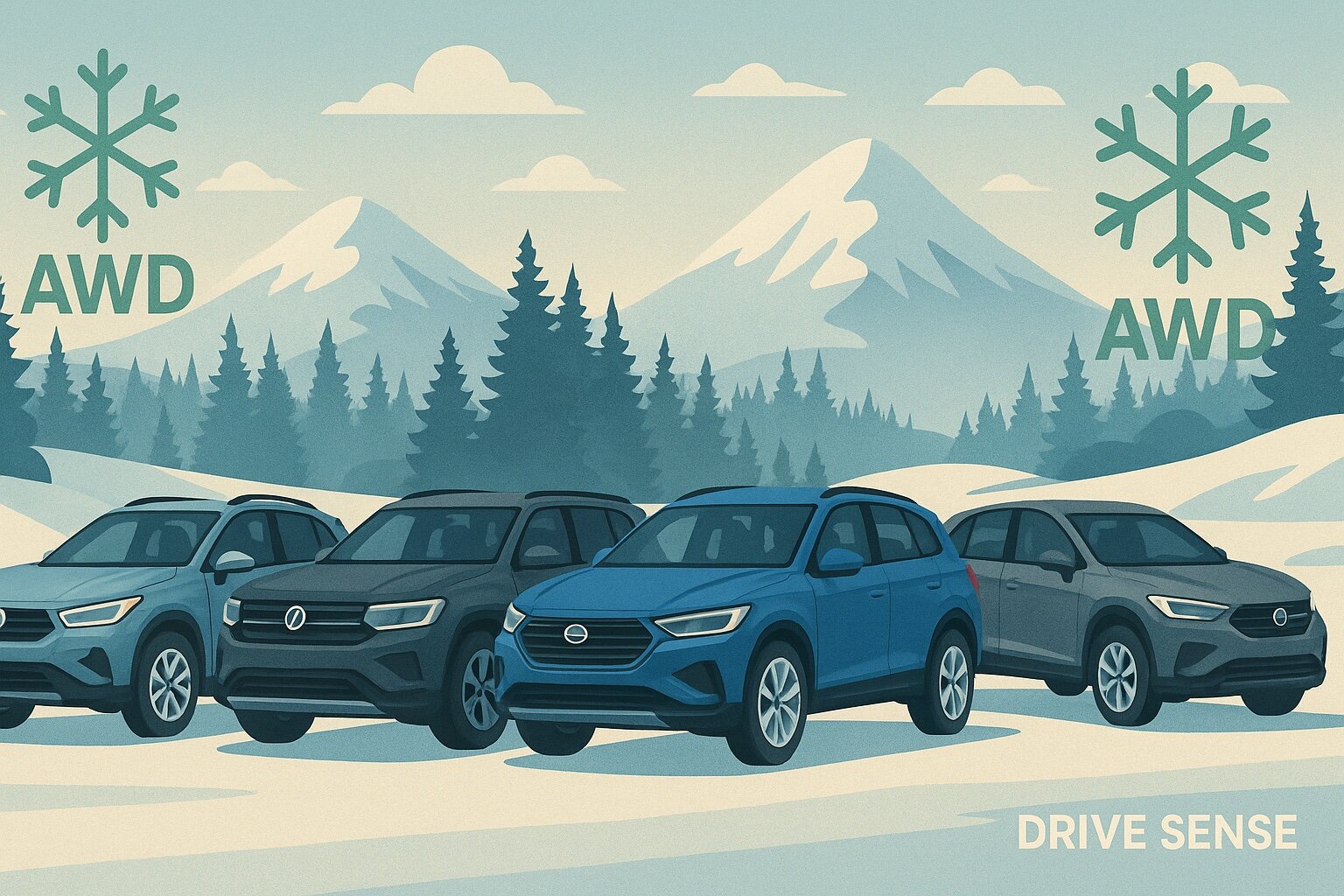Why Knowing Your Car’s Value Isn’t Just for Dealers
It’s a moment that sneaks up on most of us: you’re sipping coffee, scrolling through the classifieds, and you wonder what’s my car actually worth? Whether you’re eyeing an upgrade, prepping for a trade-in, or just curious, knowing your car’s market value puts you in the driver’s seat. I’ve watched too many New Yorkers (myself included) leave money on the table by guessing instead of checking. The good news? Getting a real-world estimate is easier than ever if you know where to look, and how to read between the lines.
Where the Numbers Come From: A Quick Reality Check
First, let’s get one thing straight: there’s no single “correct” number for your car’s value. The market shifts with the seasons (convertible prices spike in spring), regional demand (AWD SUVs fetch more upstate than in Brooklyn), and even government policies (cash-for-clunkers, anyone?). Online tools aggregate recent sales data, asking prices, auction results, and dealer inventory to spit out an estimate. But these are only as good as their inputs and some are more transparent than others.
The Big Three: Trusted Online Pricing Tools
For folks in the U.S., three names come up again and again:
- Kelley Blue Book (KBB): Probably the most recognized. KBB asks for your car’s year, make, model, trim, mileage, and condition then offers trade-in, private party, and retail values. I’ve found their interface straightforward; the value ranges tend to match what I see at local auctions.
- Edmunds: Similar to KBB but often includes more granular notes about features and region. Edmunds’ True Market Value can surprise you if your car has rare options or an unusual color.
- NADA Guides: Used by dealers and banks; often cited for financing or insurance. NADA weighs factors like optional equipment and geographic trends slightly differently sometimes yielding higher numbers for trucks and SUVs.
No tool is gospel. If three sites give you three values, consider them the boundaries of a likely price range.
Step-by-Step: Running the Numbers Like a Pro
Let’s say you’re selling a 2018 Honda Accord EX-L with 48,000 miles pretty typical fare in New York traffic. Here’s how I’d tackle it:
- Gather your details: VIN handy? Great. Jot down year, make, model, trim level (EX-L matters!), mileage, color, drivetrain (FWD/AWD), and any accident history.
- Plug into multiple sites: Enter your info into KBB, Edmunds, NADA. Check not just the number but how they describe your car do they flag it as ‘clean,’ ‘good,’ or ‘excellent’?
- Scan local listings: Hop onto Autotrader or Facebook Marketplace. Search for cars like yours within 50 miles. Pay attention to asking prices but remember sellers often start high expecting negotiation.
- Factor in seasonality: Trying to sell a convertible in February? Expect less interest and lower offers than if you waited until May.
Surprisingly often, I find dealers willing to pay near private-sale prices if your model is in short supply especially post-pandemic when inventory was tight. Don’t be shy about showing them your research; credible data earns respect at the negotiating table.
The Human Element: What Data Can’t Tell You
No website can capture how your car feels when you turn the key the quiet click of well-maintained controls or that faint rattle from last winter’s pothole encounter. Buyers notice these details too. Cleanliness matters more than people think: after seeing a dusty dash or crumpled back seat mat, I’ve watched buyers walk away from otherwise spotless used cars.
Photos matter too. An honest set of pictures taken on a sunny afternoon when reflections show off the paint depth can boost online interest far beyond what price guides predict.
Dealer Offers vs Private Sale: Reading Between the Lines
If you request an instant cash offer online (think CarMax or Carvana), expect a number lower than private sale but sometimes not by much if your vehicle is popular or hard to find locally. Dealers factor in reconditioning costs and profit margin; their offers reflect that reality.
I recently compared quotes for a friend’s 2017 Toyota RAV4 XLE AWD dealer offers landed about $1,200 below what we saw on Craigslist private listings but came with zero hassle. That gap narrows if your car is immaculate or low-mileage for its age.
Pitfalls to Dodge: Common Valuation Mistakes
A few things trip up even seasoned owners:
- Overestimating condition (“excellent” means nearly new inside and out rarely honest for city cars).
- Ignoring branded titles (salvage/flood/theft will tank value even if repairs look good).
- Basing expectations on emotional value (“It’s been in my family ten years!” doesn’t sway buyers).
A Few Final Thoughts From Behind the Wheel
The process isn’t rocket science but neither is it pure math. The best way to know what your car is worth is to become your own mini-market analyst: combine online tools with some real-world legwork and a dash of honesty about condition.
If there’s one thing that sticks with me after years covering used-car trends in New York it’s that preparation pays off. Check those numbers before you sell or trade; it’ll save you time, money, and maybe even a little pride at the dealership counter.
